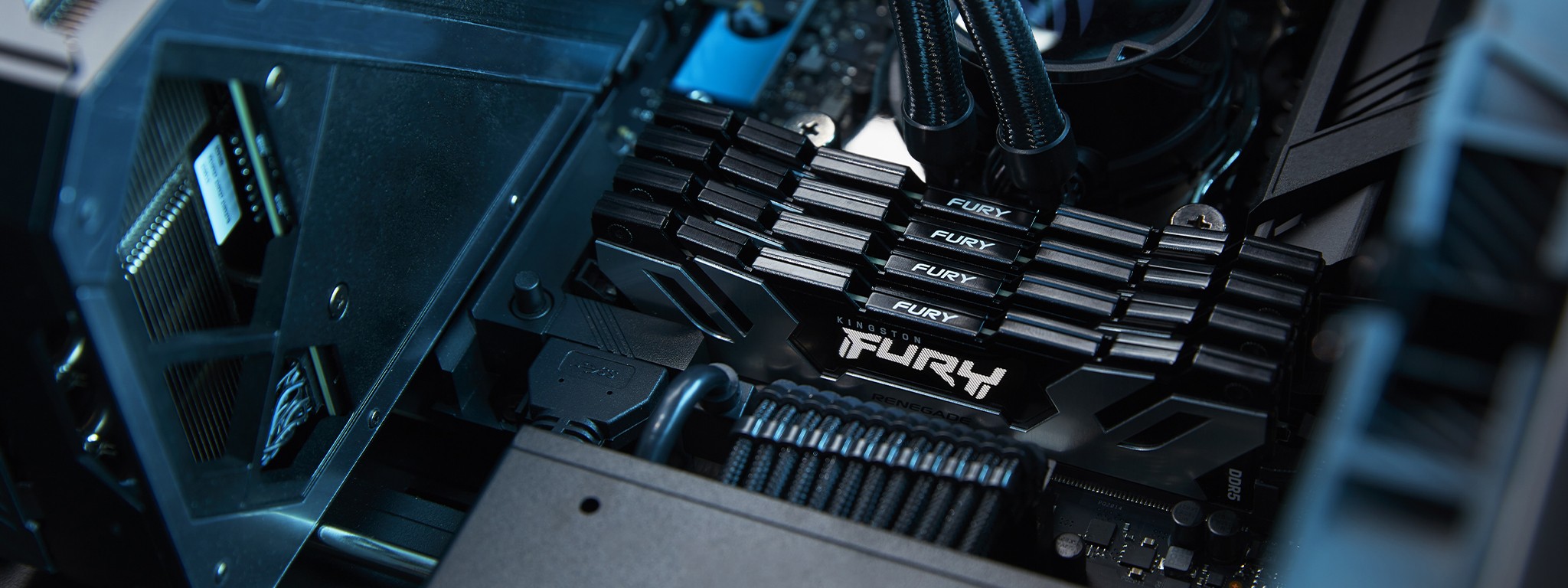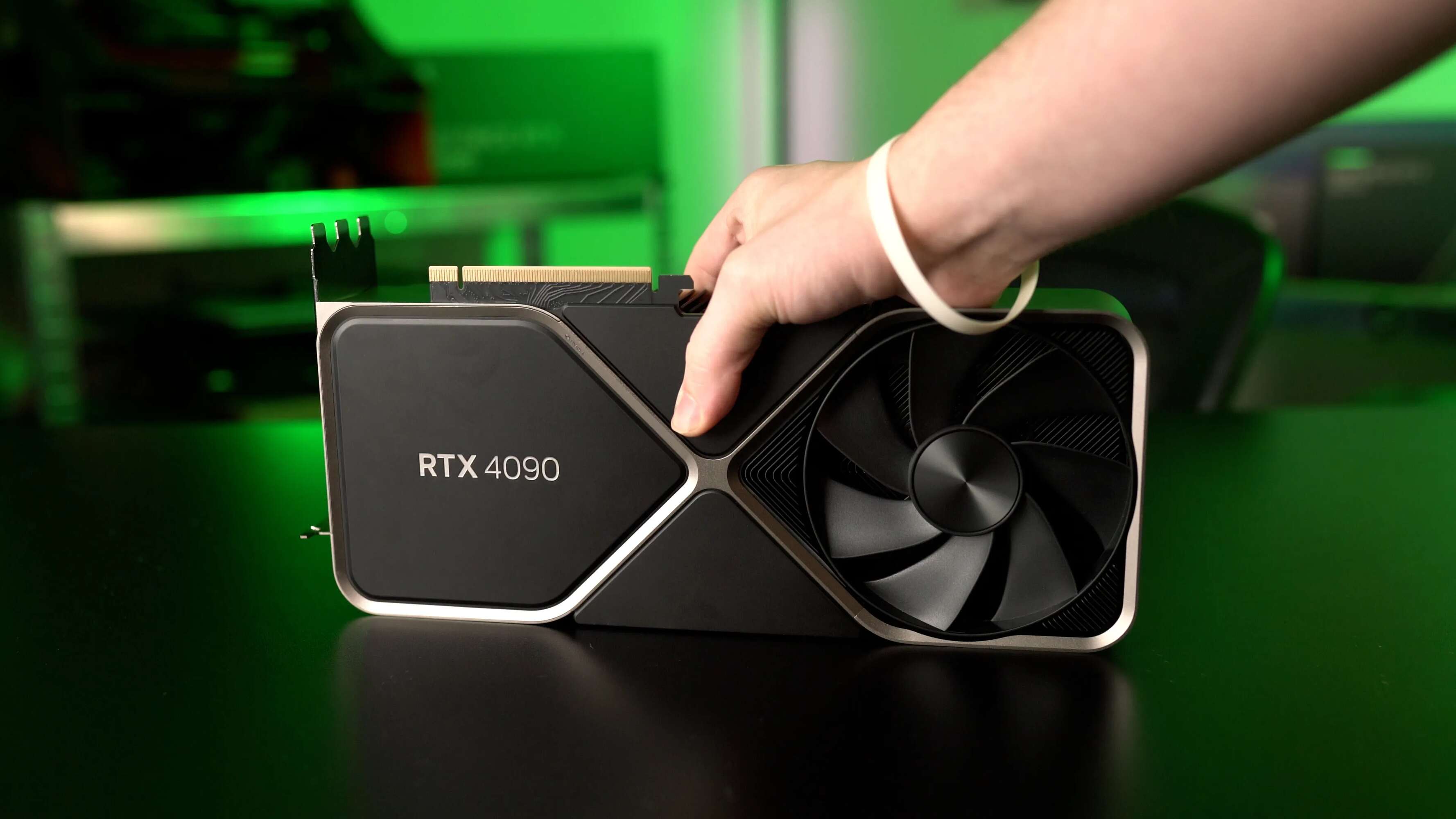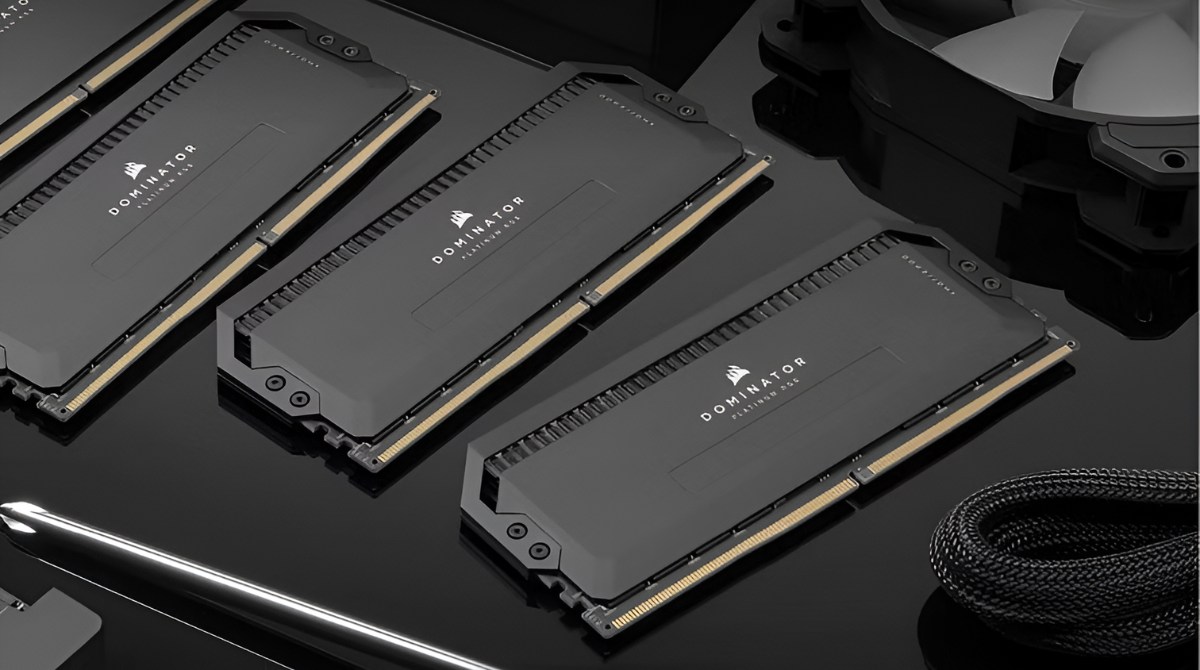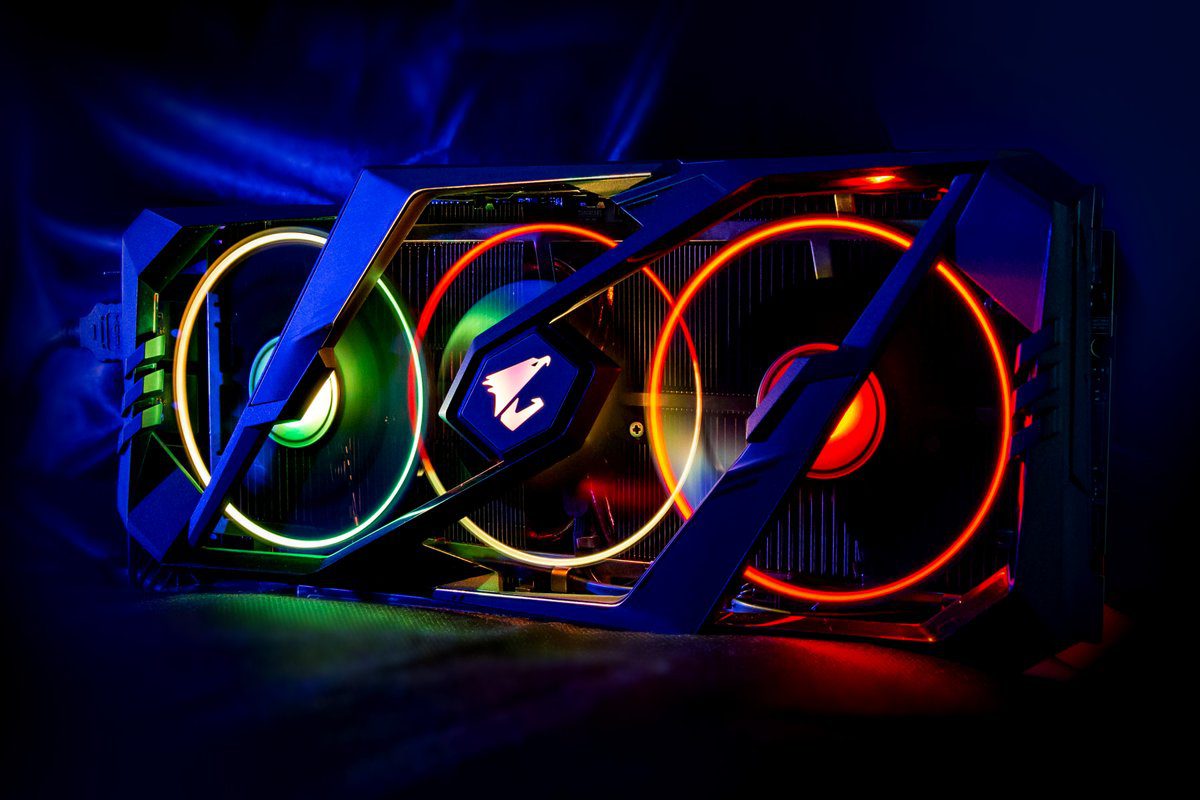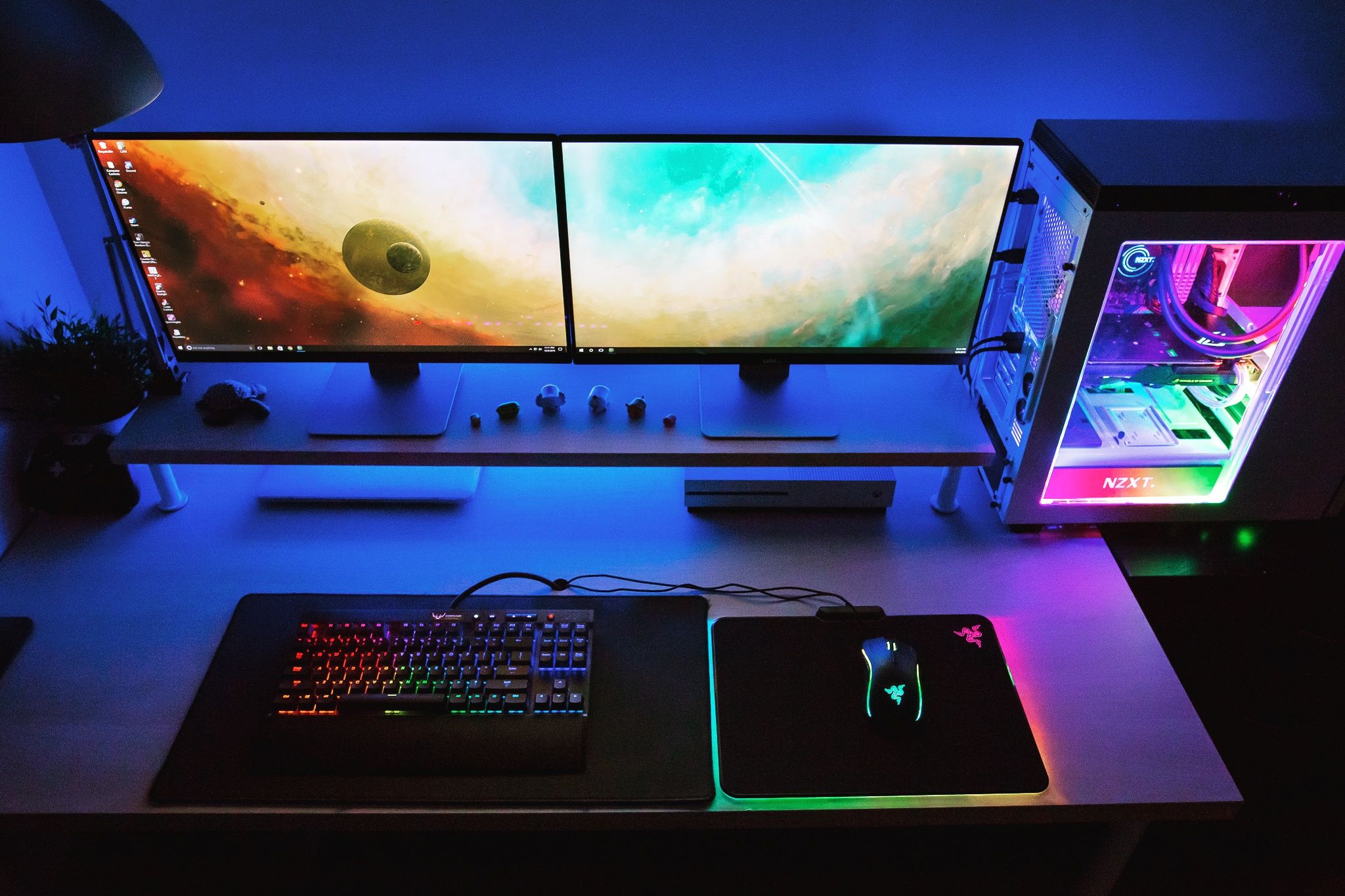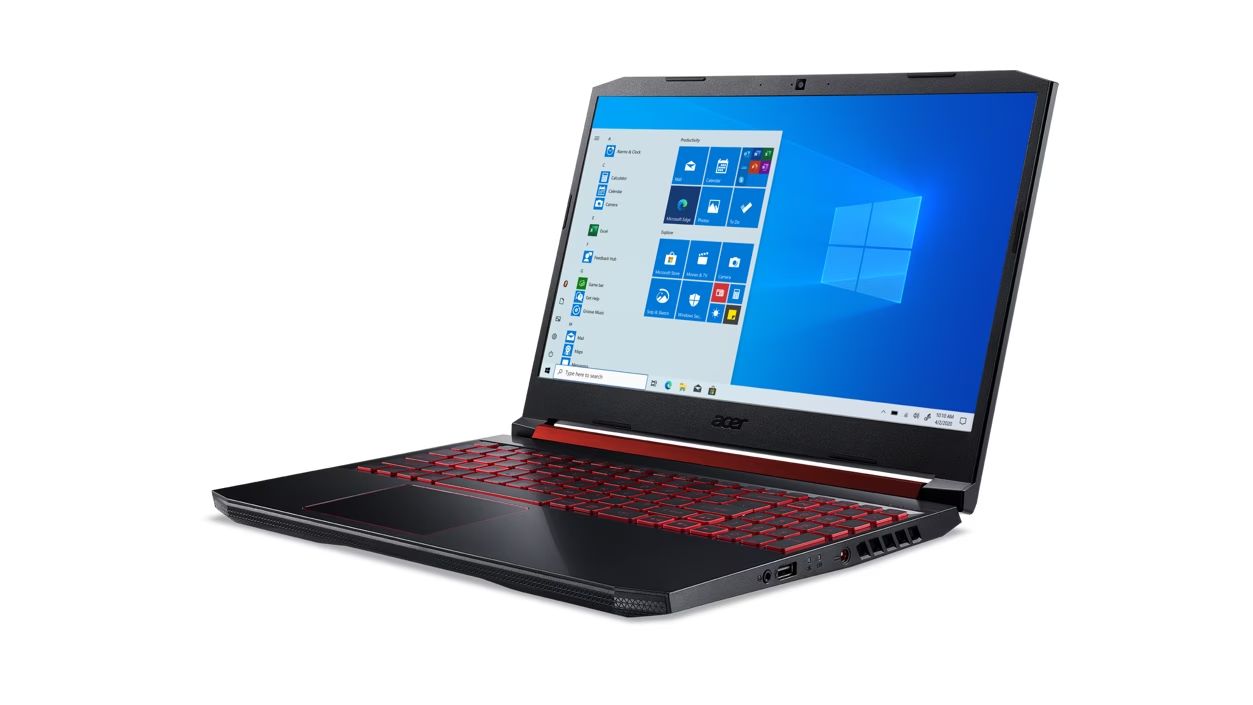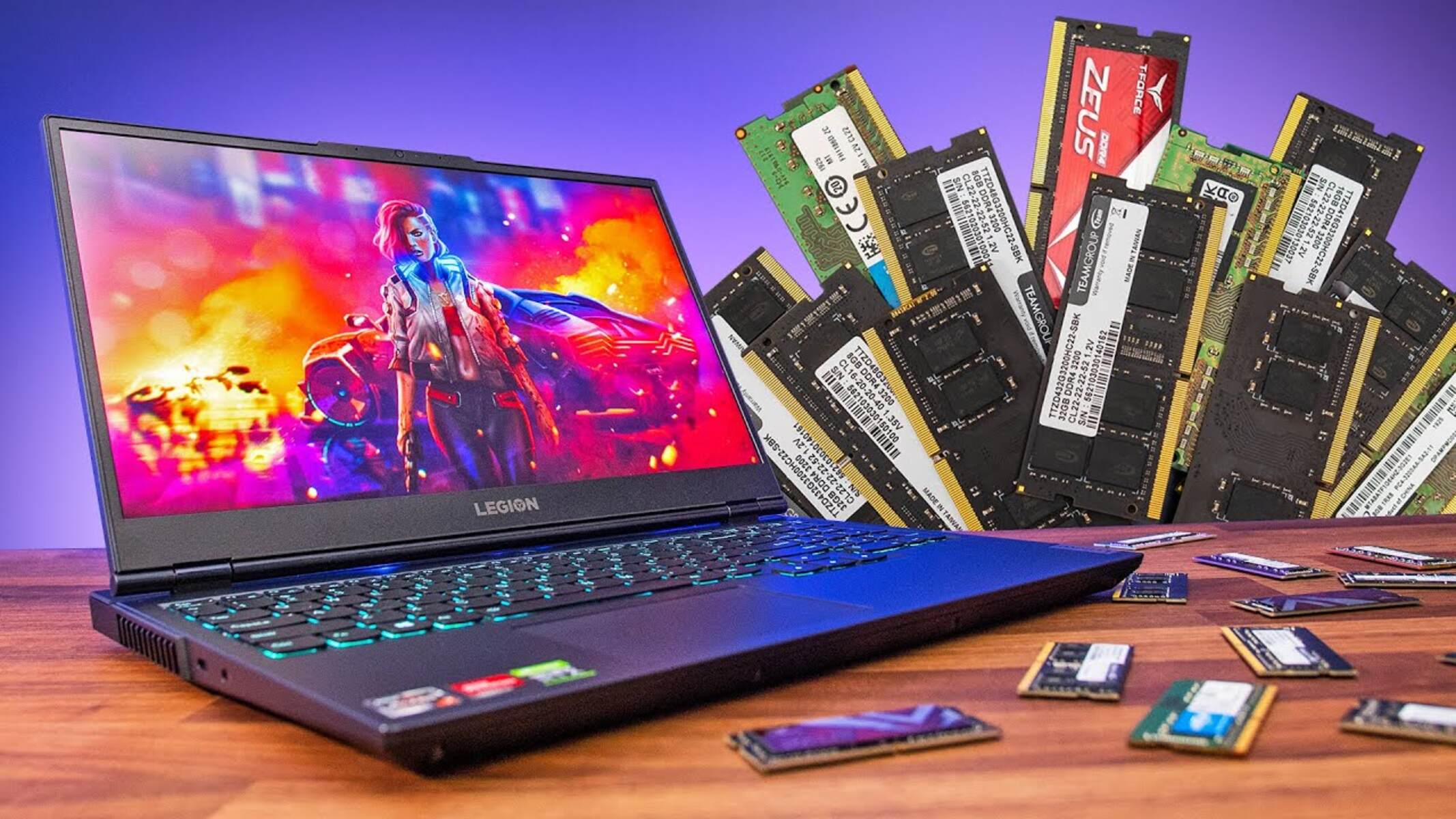Introduction
Welcome to this guide on how to determine the RAM capacity of your graphics card. If you are an avid gamer or involved in graphic-intensive tasks, understanding the importance of RAM for your graphics card is crucial. RAM, short for Random Access Memory, plays a vital role in the overall performance and efficiency of your graphics card.
RAM functions as a temporary storage space for data that your graphics card needs to access quickly. It helps to store textures, shaders, and other essential information required for rendering images and videos on your computer screen. The more RAM your graphics card has, the smoother and faster it can handle complex visual tasks.
Knowing the optimal amount of RAM needed for your graphics card is essential. Having too little RAM can cause performance issues, leading to laggy gameplay, slower rendering times, and a subpar visual experience. On the other hand, having too much RAM may not offer significant benefits and could be a waste of resources.
In this guide, we will discuss how to determine the RAM capacity that your graphics card currently has, as well as the maximum capacity it can support. We will also cover the factors to consider when deciding whether or not to upgrade your graphics card’s RAM and provide instructions on how to do so. By understanding and optimizing your graphics card’s RAM capacity, you can ensure smooth and seamless graphics performance.
What is RAM and why is it important for your graphics card
RAM (Random Access Memory) is a critical component of your computer system that temporarily stores data that is being actively used by the CPU (Central Processing Unit). In the context of a graphics card, RAM serves as a dedicated memory space for storing and processing graphic-related data.
When it comes to gaming or graphic-intensive tasks, such as video editing or 3D rendering, RAM plays a vital role in ensuring smooth performance and efficient handling of complex visual data. Here’s why RAM is important for your graphics card:
- Quick Data Access: RAM provides quick and easy access to data that the graphics card needs to operate efficiently. It stores frequently used textures, shaders, and other graphic assets, allowing the graphics card to retrieve and process them without relying solely on slower storage devices like hard drives.
- Multi-Tasking Capability: A graphics card with sufficient RAM can handle multiple tasks simultaneously. This is particularly important when running graphics-heavy applications or games while also running other background processes. Having enough RAM ensures that each task receives the necessary resources for smooth execution.
- Reduced Bottlenecks: Inadequate RAM can create a bottleneck in your system, slowing down the graphics card’s performance. Insufficient RAM may cause the graphics card to rely on slower storage devices, leading to laggy gameplay, longer rendering times, and overall poor visual experience.
- Future-Proofing: As technology advances and newer, more graphically demanding games and applications are released, having ample RAM becomes even more crucial. Upgrading your graphics card’s RAM capacity ensures that it can handle future games and software, providing a longer lifespan for your system.
It’s essential to strike a balance when determining the optimal RAM capacity for your graphics card. Having too little RAM can hinder performance, while having an excessive amount may not provide significant benefits for everyday use. By understanding the importance of RAM and its role in graphics processing, you can make informed decisions when it comes to optimizing your graphics card for peak performance.
How much RAM do you actually need?
Determining the right amount of RAM needed for your graphics card depends on several factors, including the types of tasks you perform and the specific requirements of the applications or games you use. Here are some guidelines to help you assess how much RAM you actually need:
- Gaming: If you primarily use your graphics card for gaming, the recommended RAM capacity typically ranges from 8GB to 16GB. Most modern games operate smoothly with 8GB of RAM, but for more demanding titles or future-proofing, opting for 16GB is a safer choice.
- Graphic Design and Video Editing: If you work with graphic design software or engage in video editing, having 16GB or more of RAM is highly recommended. These tasks involve working with large files and complex rendering, which can benefit greatly from the additional memory.
- Virtual Reality (VR): VR gaming or content creation requires a significant amount of resources. To fully immerse yourself in the virtual world without any performance issues, it’s advisable to have 16GB or more of RAM.
- Multi-Tasking: If you frequently run multiple resource-intensive applications simultaneously, such as editing software, streaming, and gaming, having 16GB or even 32GB of RAM can ensure smooth multitasking and prevent slowdowns.
It’s important to note that while these guidelines provide a general starting point, individual needs may vary. Factors like the specific requirements of your favorite games or software, operating system overhead, and future software advancements should be considered when deciding on the appropriate RAM capacity.
Additionally, upgrading your RAM isn’t the only consideration for optimal performance. Other hardware components, such as your CPU and graphics card, also impact overall system performance. It’s crucial to ensure that your system components are balanced to avoid potential bottlenecks.
Ultimately, aim for a RAM capacity that meets your current needs while leaving room for future expansion. This way, you can enjoy smooth and efficient graphics performance without overspending on unnecessary resources.
Checking your current graphics card’s RAM capacity
Before determining if you need to upgrade your graphics card’s RAM capacity, it’s essential to know how much RAM your current graphics card already has. Here’s how you can check:
- Check the specifications: Start by referring to the documentation or specifications of your graphics card. You can usually find this information on the manufacturer’s website or in the user manual. Look for the section that mentions the video memory or GPU memory, as this indicates the RAM capacity of your graphics card.
- System Information: If you’re using Windows, you can also check your graphics card’s RAM capacity through your system information. Press the Windows key + R, type “msinfo32” (without quotes), and press Enter. In the System Information window that opens, navigate to Components > Display, and you will find the details of your graphics card, including the installed RAM capacity.
- GPU-Z: If you want a more detailed view of your graphics card’s specifications, you can use a third-party software like GPU-Z. This free tool provides comprehensive information about your graphics card, including the RAM capacity, GPU clock speed, and other technical details.
- Task Manager: For a quick glance at your graphics card’s RAM usage, you can use the Task Manager. Right-click on your taskbar and select Task Manager. In the Task Manager window, go to the Performance tab, and click on GPU in the left sidebar. Here, you will see the Dedicated GPU Memory, which reflects the RAM capacity of your graphics card.
By following these methods, you can easily check the current RAM capacity of your graphics card. Once you have this information, you can assess whether an upgrade is necessary based on your specific needs and the performance requirements of the tasks or applications you use.
Determining the maximum RAM capacity for your graphics card
Knowing the maximum RAM capacity that your graphics card can support is crucial when considering an upgrade. Here are a few ways to determine the maximum RAM capacity for your graphics card:
- Manufacturer’s documentation: The first and most reliable source of information is the documentation provided by the manufacturer. Visit their official website and navigate to your specific graphics card model. Look for specifications or technical details that mention the maximum supported RAM capacity.
- Online forums and communities: If you’re unable to find the information directly from the manufacturer, you can consult online forums and communities dedicated to graphics cards. Many enthusiasts share their experiences and knowledge regarding specific models, including the maximum RAM capacity they have tested or successfully used.
- Contact the manufacturer: If you’re still unsure about the maximum RAM capacity of your graphics card, don’t hesitate to contact the manufacturer’s customer support. They should be able to assist you with accurate information regarding the supported RAM capacity.
It’s important to note that the maximum RAM capacity is determined not only by the graphics card itself but also by other factors such as the motherboard and the operating system. It’s crucial to ensure compatibility between these components before considering an upgrade.
Additionally, keep in mind that upgrading the RAM capacity of your graphics card is not always an option. While some high-end graphics cards allow for RAM upgrades, many consumer-grade graphics cards integrate the RAM directly onto the GPU, making it non-upgradable. Before making any purchase or attempting an upgrade, make sure to confirm the upgradeability of your specific graphics card model.
By determining the maximum RAM capacity for your graphics card, you can make an informed decision regarding a potential upgrade. Consider your needs and the compatibility of your system to ensure a smooth and successful upgrade process.
Factors to consider when upgrading the RAM capacity
Before proceeding with upgrading the RAM capacity of your graphics card, there are several important factors to consider. These factors will help you make informed decisions and ensure a successful upgrade process. Here are some key considerations:
- Compatibility: Ensure compatibility between your graphics card, motherboard, and operating system. Check the specifications of your current graphics card and verify the maximum RAM capacity supported by your motherboard. Also, ensure that the operating system can handle the increased RAM capacity.
- Bottlenecks: Upgrading the RAM capacity may not always result in significant improvements if other components in your system are causing bottlenecks. Evaluate the overall balance of your system, including the CPU and storage devices, to avoid potential limitations on performance.
- Memory Type and Speed: Pay attention to the memory type and speed supported by your graphics card. Ensure that the RAM you choose matches the recommended specifications of your graphics card for optimal compatibility and performance.
- Power Consumption: Upgrading the RAM capacity may slightly increase the power consumption of your graphics card. Ensure that your power supply unit (PSU) can handle the additional power requirements to avoid any stability issues or system crashes.
- Budget: Consider your budget for the upgrade. RAM prices can fluctuate, so research current prices and determine the best options that fit within your budget. Keep in mind that the cost of upgrading may vary based on the specific RAM module types and capacities you choose.
- Future Needs: Consider your future needs to ensure that the RAM capacity you choose will remain sufficient for upcoming games or applications. Investing in a slightly higher RAM capacity can help future-proof your system and provide longevity.
Taking these factors into account will help you make an informed decision when upgrading the RAM capacity of your graphics card. It’s advisable to research and consult resources, such as online forums or expert opinions, to gain further insights into the specific upgrade process for your graphics card model.
How to actually upgrade your graphics card’s RAM capacity
If your graphics card supports RAM upgrades and you’ve decided to proceed, here are the general steps to upgrade your graphics card’s RAM capacity:
- Research and find compatible RAM modules: Identify the type and specifications of RAM modules that are compatible with your graphics card. Consider factors such as memory type, speed, and capacity. Check the manufacturer’s website or user manual for recommended RAM options.
- Prepare for the upgrade: Before proceeding, power down your computer and disconnect it from the power source. Open your computer case and locate the graphics card. You may need to remove the graphics card from the motherboard to access the RAM slots.
- Remove the existing RAM modules: Carefully remove any existing RAM modules from the graphics card’s RAM slots. Gently release the retaining clips or levers on each side of the module to unlock it, then slide it out at a slight angle.
- Install the new RAM modules: Take the new RAM modules and align them with the empty RAM slots on the graphics card. Insert them at a slight angle, making sure they fit securely into the slots. Apply gentle pressure until the retaining clips or levers on both sides click into place and secure the modules.
- Reassemble and test: Once the new RAM modules are installed, reattach the graphics card to the motherboard if necessary. Close the computer case and reconnect any cables or peripherals. Power on your computer and ensure that it recognizes the upgraded RAM capacity. You can check this in the system information or BIOS settings.
- Verify stability and performance: After the upgrade, run tests or benchmarks to verify the stability and performance of your graphics card with the increased RAM capacity. Monitor the temperature and performance levels to ensure everything is functioning optimally.
It is important to note that the upgrade process may vary depending on your specific graphics card model and system configuration. Always refer to the manufacturer’s instructions or consult expert resources for detailed and accurate guidance.
If you are not confident in performing the upgrade yourself, it is advisable to seek professional assistance or consult with a knowledgeable technician who can help you with the process.
Conclusion
Understanding the RAM capacity of your graphics card and making informed decisions regarding upgrades is crucial for optimal performance in gaming, graphic design, and other visually intensive tasks. By considering factors such as compatibility, bottlenecks, memory type and speed, power consumption, budget, and future needs, you can make the right choices when it comes to upgrading your graphics card’s RAM capacity.
Checking your current graphics card’s RAM capacity allows you to assess whether an upgrade is necessary, while determining the maximum RAM capacity supported enables you to make well-informed decisions. It is important to research compatible RAM modules and follow the proper steps to ensure a successful upgrade. Verifying stability and performance after the upgrade is crucial to ensure that everything is functioning optimally.
Remember that while RAM is an essential component for graphics performance, it is just one piece of the puzzle. Other hardware components, such as the CPU and storage devices, can also impact overall system performance. It’s important to maintain a balanced configuration to avoid bottlenecks.
Keep in mind that upgrading the RAM capacity of your graphics card is not always possible, as some models have non-upgradable integrated RAM. In such cases, you may need to consider a complete graphics card upgrade to improve performance.
Navigating the world of graphics card RAM capacity can be challenging, but with the right knowledge and understanding, you can make informed decisions that will enhance your visual experience and ensure smooth performance in your favorite games or graphic-intensive tasks.







